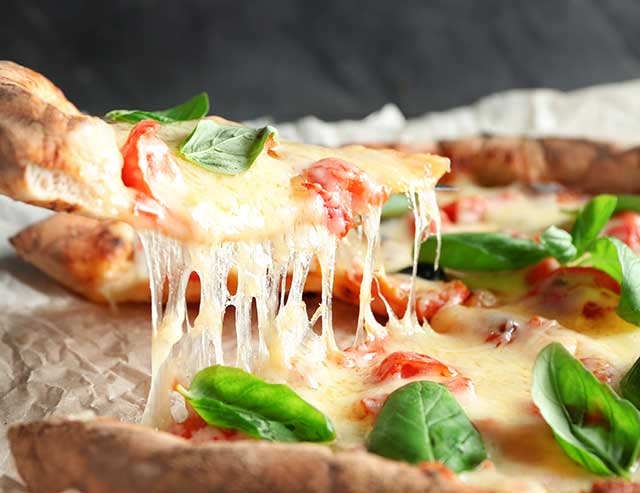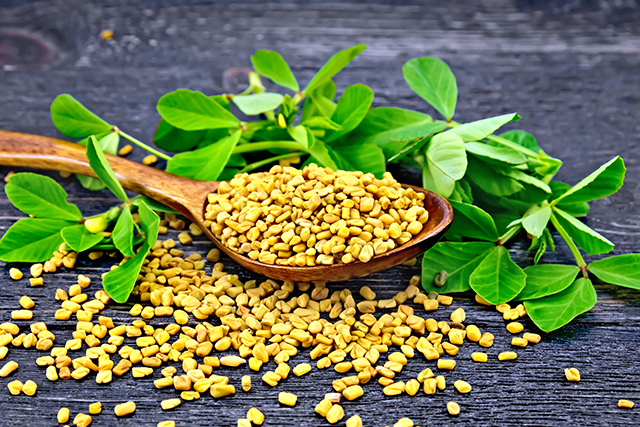
Advertisement
Warm, fragrant pizza is one of life’s simple joys. Pizza doesn’t require a ton of ingredients to make – you can even use cupboard staples, like canned tomatoes, cooking oil and dried spices. Plus, there’s all kinds of toppings and variations for everyone. Indeed, you can never go wrong with this classic dish.
To slice or not to slice
But the good things about pizza stop there. What comes next is often a game of hit-or-miss, where you can get either a slice oozing with cheesy goodness or a miserable one full of crust. Cutting pizza isn’t as easy as your local parlors make it out to be. In fact, Ann Kim, chef and owner of the Korean-inspired pizzeria Young Joni in Minneapolis, says they slice their pizzas as soon as they come out of the oven to avoid cutting through tough crust of cold pizza. According to Kim, they also get their knives and pizza cutters regularly sharpened to ensure a clean slice with each cut.
Still, because no two pizzas are exactly the same, cutting often proves to be a tricky task. Although Kim had a lot to say about knives and cutting techniques, she didn’t have tips for making sure you get equal slices every time. Is it even possible to solve this dilemma, or is the average pizza enthusiast doomed to unequal slices forever? Two mathematicians from the University of Liverpool in London found a solution to this problem that can completely change the way you look at pizzas.
Infinite slices
Mathematicians Joel Haddley and Stephen Worsley proposed a way to cut slices equally by using monohedral disk tiling. In their paper published in arXiv – an open access repository of e-prints owned by Cornell University – Haddley and Worsley studied the geometric possibilities of monohedral disk tiling. In terms of pizza, they wondered whether or not it was possible to slice pizza in such a way that at least one piece does not touch the center. As a whole, their pizza diagram resembled a star shape more closely than the usual bicycle wheel pattern.
By using monohedral disk tiling, Haddley and Worsley were able to show how to cut a pizza into 12 identical slices. In other diagrams, they even divided pizzas into 24, 48 and 96 identical slices. Therefore, should you want more slices, you simply divide each slice by half, and so on. Interestingly, their diagrams suggest that it is theoretically possible to create an unlimited amount of equal slices from one pizza.
But this method of cutting pizza isn’t fair. Haddley and Worsley has the pizza cutting dilemma down to a science, but their solution prioritizes creating equal slices. This means that if a real pizza were to be divided using monohedral disk tiling, toppings will be uneven, leaving some people with gooey slices and others with slices made entirely out of crust. Haddley himself proved this when he tried to cut a pizza using monohedral disk tiling. To his credit, the resulting slices closely resembled the 12-slice diagram in their paper. However, speaking to New Scientist, Haddley said, “I’ve no idea whether there are any applications at all to our work outside of pizza-cutting.”
Although this “exciting” new way to slice pizza might sound like too much effort to many people, it offers a challenge to chefs and home cooks alike who may be looking to try something new. But perhaps complex geometry is best kept out of the kitchen.
Sources:
Advertisements







